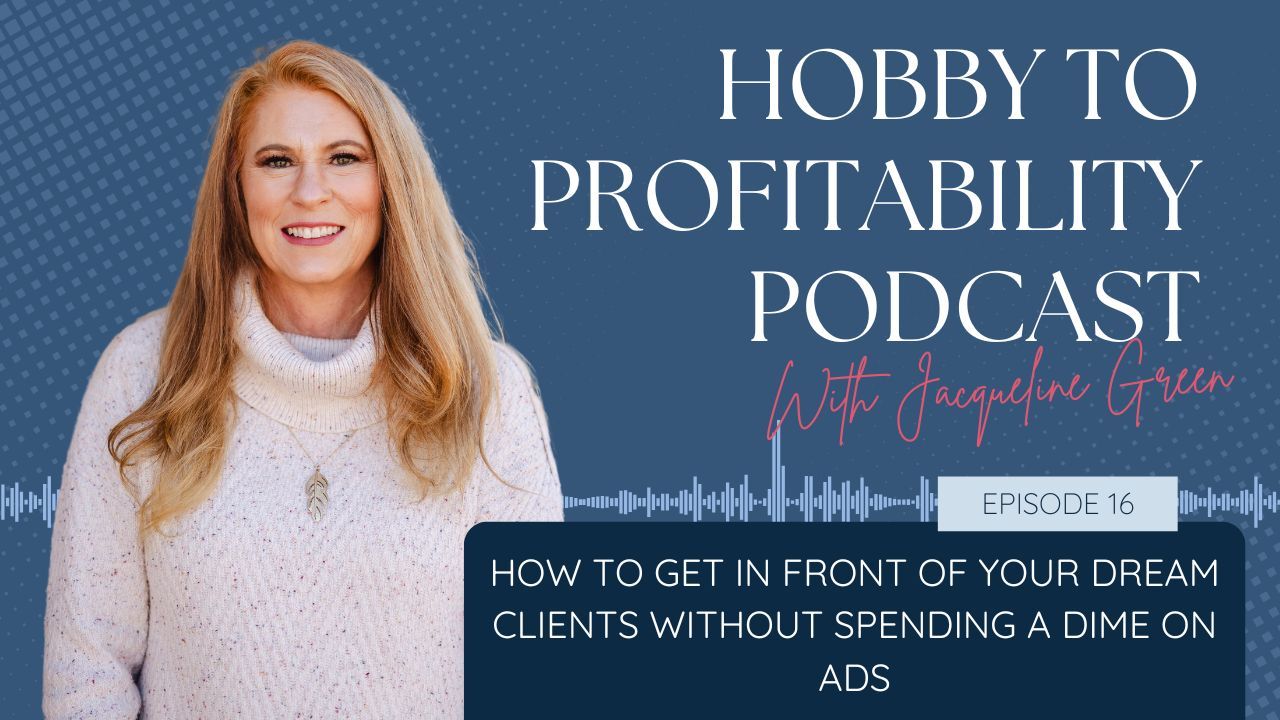A Quick Guide to Generating Interior Design Leads with Referrals
Sep 28, 2021
Growing an interior design business can be tough, especially when you are first getting started. Finding the right target market and reaching those folks is by far one of the hardest things to do for a small business owner. A powerful way many designers succeed is by developing a referral base. Interior designers partner with similar interest businesses, referring customers to one another.
Referrals can also come from existing clients or employees. Once these relationships are established, the referrals will continue to come in for years to come, making it extremely profitable. In this article, we will address how to create a referral program and discuss effective rewards.
Identify a Target Market
In a previous blog, I discuss the importance of a target market. In that article, I discuss the importance of identifying your audience, and by not doing so, you are wasting your time and money. For instance, if you are a commercial designer, your target market for referrals will likely be architects, contractors, or commercial real estate professionals.
Related Article: “10 Business Referral Avenues to Help Grow an Interior Design Business”
Identify the best opportunity by writing down 2 to 3 avenues you want to pursue. Think about which referral channel do you believe will generate the biggest bang for your time and money. Do not spread yourself too thin by targeting everyone. This is ineffective and will result in frustration.
Once you have identified the market you want, then conduct a bit of research. For instance, if you choose to target commercial real estate professionals, find a list of local firms. You can do this by simply google searching for commercial real estate brokers in your area. Be sure to evaluate the website to identify the type of projects they broker, any partnerships, individual stakeholders, and so forth. You can glean a lot of good information from researching online.
Also, determine the associations where these types of professionals network with one another. These events may be opportunities to meet in person. Another way to identify real estate professionals is by driving around and looking at the “for lease” signs. Who are the players in your area?
Conduct research by identify who you plan to target for referral relationships – be mindful that a referral relationship goes both ways. Then, determine channels to reach your target market – networking both online and offline. Finally, identify what is important to them and learn a little about their business and clients – this will help you craft messages.
Ultimately, you want to determine what is important to the audience and how you may help them better serve their clients.
Create a Plan of Action
Once you have determined your target audience, it is time to create a plan of action. Use the research you collected and devise a plan of action. This will include your messages, channels, and timing.
For instance, networking events are a great opportunity to meet folks in your target market. Research upcoming events and be sure to take the time to attend. Before you attend, practice your elevator speech and your brand positioning statement. Be mindful to include a sentence on how you can help the target market help their clients.
Your action plan should include how you plan to follow up with those you meet and how often.
Another great avenue is online networking through LinkedIn. Using the information you identified in your target market research, find and connect with these professionals online. Write a quick introduction on why you want to connect. You have 300 characters to make a quick introduction. As the audience connects, then reach out with a little more information about how you serve them. Remember, in networking, you want it to be more about your target than yourself. I suggest scripting something you can use over and over, then customizing it for each interaction.
Related Article “How I increased my LinkedIn Connections by 36% with Old Business Cards.”
Once you have made an introduction, whether in person or online, identify opportunities to expand the relationship. For instance, you may want to schedule a quick meeting over coffee to discuss how you can help each other.
Your plan should detail exactly how you plan to reach the audience, build a relationship, and follow up. I am often tongue-tied, so my plan might include standard email verbiage, phone script, or thank you note content that I can easily copy and paste. For someone great off the cuff, you may not need to write all this down.
Be as detailed as possible in your plan of action without it so tedious that you lose interest.
Establish Program Goals
With any new program, it is important to establish your goals. What do you want to accomplish, and what does success look like to you? Create goals that are trackable, attainable, and have an end date to them. For instance, a goal may be to connect with five architects this month by asking for an introduction meeting. Think about how many referrals you want to aim for each month. Write down these goals and make it a point to go back to this document often. Your goals can change as your program grows, so be okay with altering your goals as different scenarios arise.
Keep Track of your Interactions
Now that you have referrals coming in, you need to have a system in place that keeps your referrals organized. In this design industry, I don’t see a lot of designers using client relationship management software. This type of software helps you track all your leads and the different marketing/sales touchpoints. However, if you do have a system in place, be sure to add those you meet.
Luckily, you don’t need specific software to track this information. Rather simply use a spreadsheet or online note system to track your contacts and follow up. Be sure to note any additional follow-up and add it to your calendar at the appropriate time. For instance, if your target asks you to contact them next month, make a note in your calendar to do so.
You will also want to track the referrals to the goals you set. This way, you can see if you meet your goals or see if you need to reevaluate them. Whatever the end goal, I can’t stress enough how important it is to track your progress.
Should You Establish a Reward System
Traditionally, companies have thought that financial reward was the only way to motivate an employee or business connection. However, research shows that isn’t the case. Many times, other business owners or professionals are looking for three things.
- Enhancing their client’s experience
- Appreciation
- Return generosity
The customer experience is a significant aspect of a business relationship. If you can show how you add value to their customer, and that rains back on them, then you have a referral relationship for life. A good example is commercial real estate. The broker has a new tenant, you help the tenant design their space; they are thrilled with both you and the broker, passing both your names along to their peers. It is a win-win for everyone. The more you can improve the overall customer experience, the more referrals you will receive.
Secondly, appreciation goes a long way. A simple thank you or a personal note with a small gift means a lot to people. Psychologically, it shows the person you care for and respect their efforts. This does not need to be something big.
Related Article: “How to motivate your employees to generate leads for your interior design business.”
Finally, all relationships are about helping one another. If your relationship is healthy, then be sure to pass along referrals to your connection. This goes a long way toward building the relationship.
It is appropriate to send a small gift or take someone to lunch as a thank you. However, over time you may come across some business leaders that want a kickback. My advice is to consult a lawyer and make a clear partnership agreement that spells out all specifics, including the exchange money. When money is involved, you should always protect yourself and the other party with a legally binding agreement.
Interestingly, meeting someone doesn’t mean you will get referrals the next day. It can take months or even years to build a good repour with another professional. It may also come down to being in the right place at the right time. Either way, if you want to build a successful interior design business, take the time to build out your network. Once you establish a good business relationship, you will see it pay dividends for years to come.
Sign Up for Our Monthly Newsletter
Get helpful career, business, and design tips right in your inbox each month.
At Behind the Design, we are committed to building a stronger design community by reimagining education, training, and support for interior designers. Through our various software training options, educational articles covering everything from leadership to marketing, and soon Continuing educational courses, we are committed to helping you. Join our newsletter to get the latest education and training updates.









